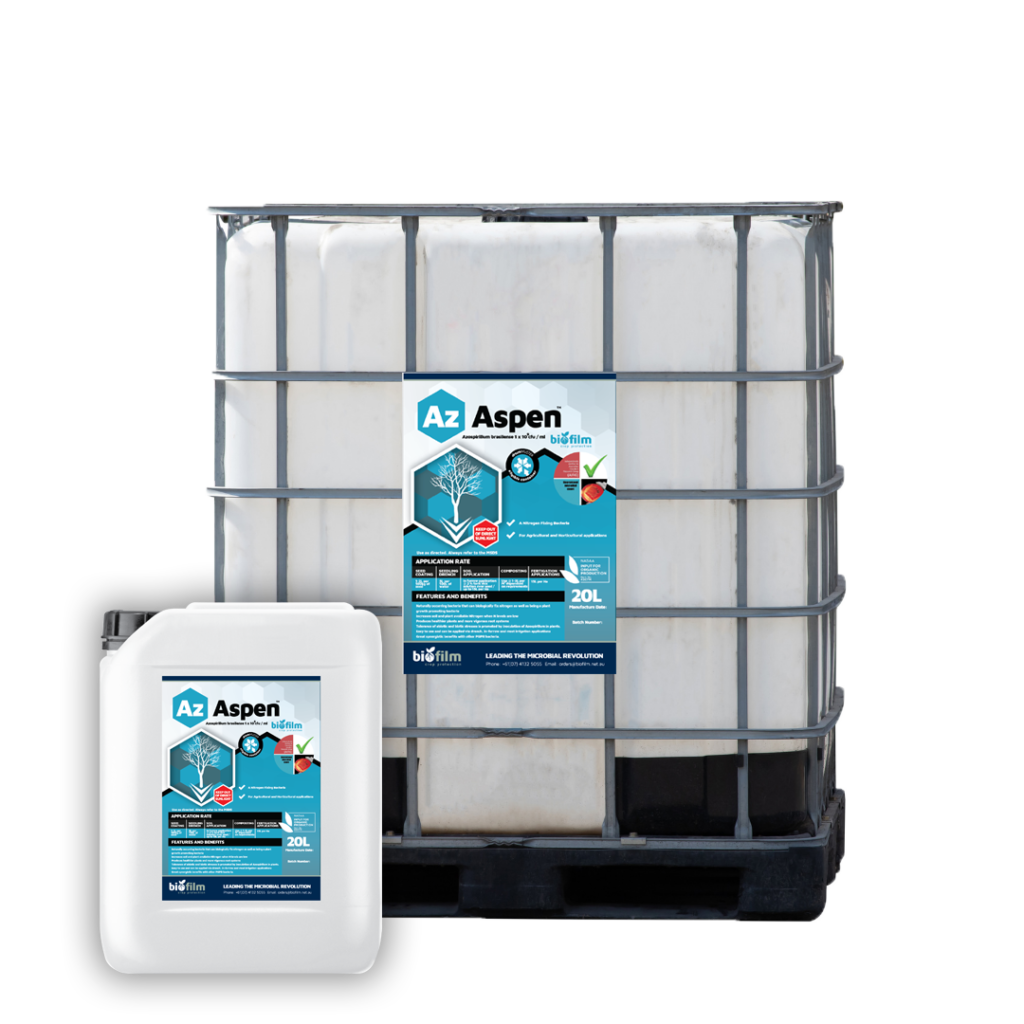
While most of us are aware of the benefits of rotating leguminous crops to improve nitrogen in our soil, they are not the only natural solution available. Nitrogen fixing bacteria, also known as diazotrophs, fix atmospheric nitrogen (N2) (that is, the nitrogen freely available in the air) and convert it into more plant available forms such as ammonium (NH4+). There are numerous strains of diazotrophs, both free-living and endophytic (living in plants).
The two nitrogen fixing bacteria found in Novum Lifescience’s AspeN, Azospirillum brasilense and Azotobacter chroococcum, are Plant Growth Promoting Bacteria (PGPB) that convert atmospheric nitrogen into ammonium via the nitrogenase pathway. Azospirillum brasilense are gram-negative, predominately surface-colonizing, rhizosphere bacteria that can also be free-living in the soil. Azotobacter chroococcum are gram-negative bacteria that are exclusively free-living in the soil.
Under the right conditions, its inoculation of soil and plants can stimulate a positive influence on crop growth, agricultural productivity as well as the nitrogen content in plant tissue.
How do they work?
Microbiological nitrogen fixation occurs as a result of nitrogenase activity and involves two proteins, dinitrogenase and dinitrogenase reductase. This process is naturally regulated and consequently, soil conditions can can suppress or stimulate nitrogenase activity and affect population levels of these aerobic nitrogen fixing microbes. Both strains are diastrophic – they contribute their greatest amount of N after they die and the nitrogen they’ve fixed for their cell walls is mineralized in the soil.
What affects their efficacy?
Like all living things, they prefer certain conditions to survive and operate efficiently. The level of free oxygen (they are aerobic), nitrate or ammonia concentrations and soil specifics like soil pH, soil temperature and soil nutrition can affect the bacterial populations and nitrogenase activity. Too acidic a pH, too high levels of salinity, extremely poor soil nutrition (especially P), rising nitrogen forms or poor oxygen concentrations negatively impact these microbes’ ability to operate.
It also appears that the presence of plants does play a part in the activity and population concentrations for both A. brasilense and A. chroococcum. Trials performed in unplanted, inoculated soils showed nitrogenase activity (and therefore N fixation) remained low. However, when A. brasilense inoculated the rhizosphere of an actively growing crop, population abundance increased, N-fixation was higher, and the bacteria showed decreased sensitivity to suppression from non-ideal soil conditions like oxygen concentration and excess nitrogen concentration.
Although they do not exclusively host with particular plant species, A. chroococcum has always been recorded in much higher numbers around the rhizosphere zone of a plant, than in surrounding soil.
Like all living things, they prefer certain conditions to survive and operate efficiently. The level of free oxygen (they are aerobic), nitrate or ammonia concentrations and soil specifics like soil pH, soil temperature and soil nutrition can affect the bacterial populations and nitrogenase activity. Too acidic a pH, too high levels of salinity, extremely poor soil nutrition (especially P), rising nitrogen forms or poor oxygen concentrations negatively impact these microbes’ ability to operate.
It also appears that the presence of plants does play a part in the activity and population concentrations for both A. brasilense and A. chroococcum. Trials performed in unplanted, inoculated soils showed nitrogenase activity (and therefore N fixation) remained low. However, when A. brasilense inoculated the rhizosphere of an actively growing crop, population abundance increased, N-fixation was higher, and the bacteria showed decreased sensitivity to suppression from non-ideal soil conditions like oxygen concentration and excess nitrogen concentration.
Although they do not exclusively host with particular plant species, A. chroococcum has always been recorded in much higher numbers around the rhizosphere zone of a plant, than in surrounding soil.
Timing of application is another critical aspect to be considered. Trials have noted that the highest survival rates of A. brasilense were in plants treated quickly after seedling emergence. Crops inoculated at later stages of growth showed lower values of bacterial population density in the root area and thus the N-fixing potential was lower. Subsequent applications during the crops’ development did not increase the root colonisation. It seems the colonisation process occurs during a key developmental stage of the plant and in order to receive the benefit of Azospirillum and Azotobacter presence, timing is key.
Nitrogen-fixing, plant-growth promoting bacteria like A. brasilense and A. chroococcum in Aspen™ arguably have the highest potential to improve agricultural productivity. Nitrogen fixation and phytohormone production by these bacteria have been considered the most important factors of their recorded plant growth promotion. While aspects must be considered with their application and use, this differs no more than the conditions you must consider with other product applications in Agriculture. Waterlogged soils, very acidic soils and very saline soils can prevent these bacteria reaching their full N-fixing potential. Under more suitable conditions research has shown excellent performance when reducing chemical N fertiliser input by two thirds, increasing yield and crop performance in numerous Agricultural crops.

